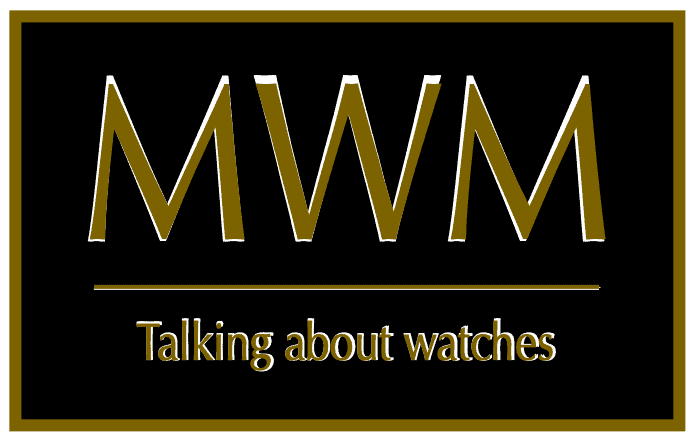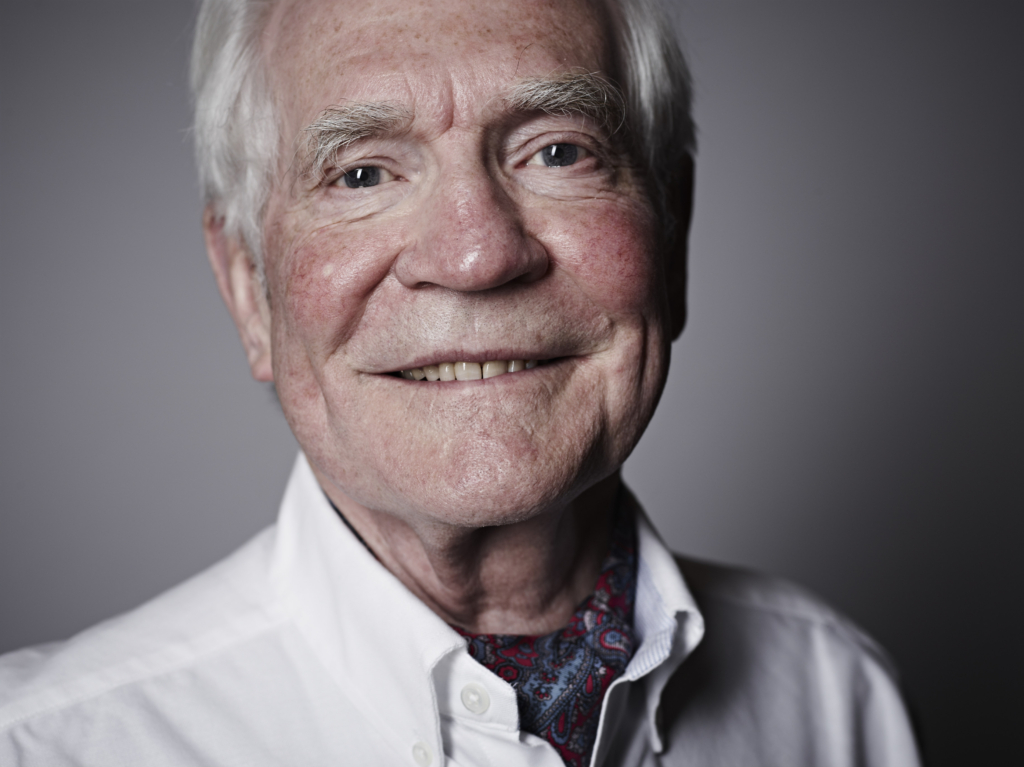We are delighted to bring you the first in our new and exclusive series, Collector’s World, featuring the eminent horologist, Dr John C Taylor OBE, with a renowned collection of early English watches and clocks. Dr Taylor is one of the World’s foremost Watch collectors, having paid the best part of £1 million for David Ramsay’s magnificent silver and gilt-metal oval astronomical verge watch with portrait engraving of King James I and indications for months and signs of the zodiac. Ramsay was one of the finest early makers and the first Master of the Worshipful Company of Clockmakers at its formation in 1632.
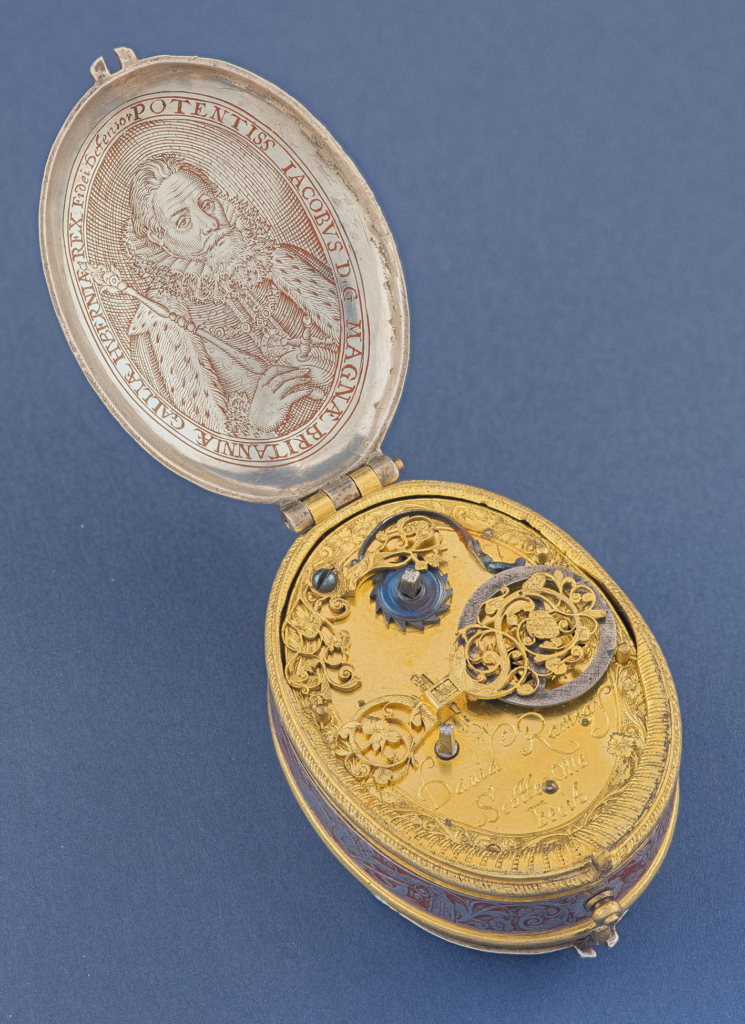
Ramsay was appointed Chief Clockmaker to James I in 1613, on a much higher salary than his predecessor, seemingly a clear indication of how highly he was regarded by the King. This remarkable watch was made in 1618, almost 400-years ago, but remains timeless. A similar watch, also by Ramsay can be found on permanent loan to the Victoria & Albert Museum.
We now have pleasure in giving you a fascinating insight into Dr Taylor’s motivations behind his extraordinary collection.
MWM: Where does your interest in watches originate from?
JCT: Many horologists have an interest in either clocks or watches but not both. Most watch collectors also concentrate on modern wrist watches, whereas, I have slowly come to horology through the inventor, John Harrison (he lived 300-year’s ago), who moves from wooden clocks to metal sea clocks and ends in the perfection of his two watches – hence my dual interest in both clocks and watches.
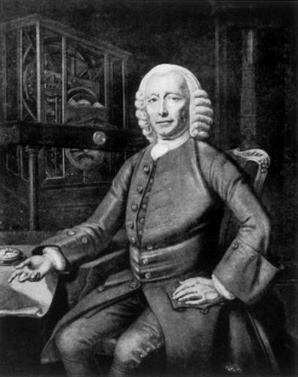
MWM: What was the first watch you owned?
JCT: As a small boy growing up during World War II, with shortages and rationing, I was a teenager before I had a watch. It was an inexpensive Timex that served me well if erratically until my 21st birthday. Then my parents presented me with a Rolex Oyster Perpetual. The following summer I went on the 1958 Cambridge Spitsbergen Expedition and was away in the Arctic for 100 days. My Rolex never left my wrist whilst man-hauling sledges ‘Scott style’ or using hammer and chisel to extract fossils and pale-magnetic rock samples. On returning to the UK my watch was exactly 100 seconds slow – a fantastic result! I still wear my Rolex for special occasions.
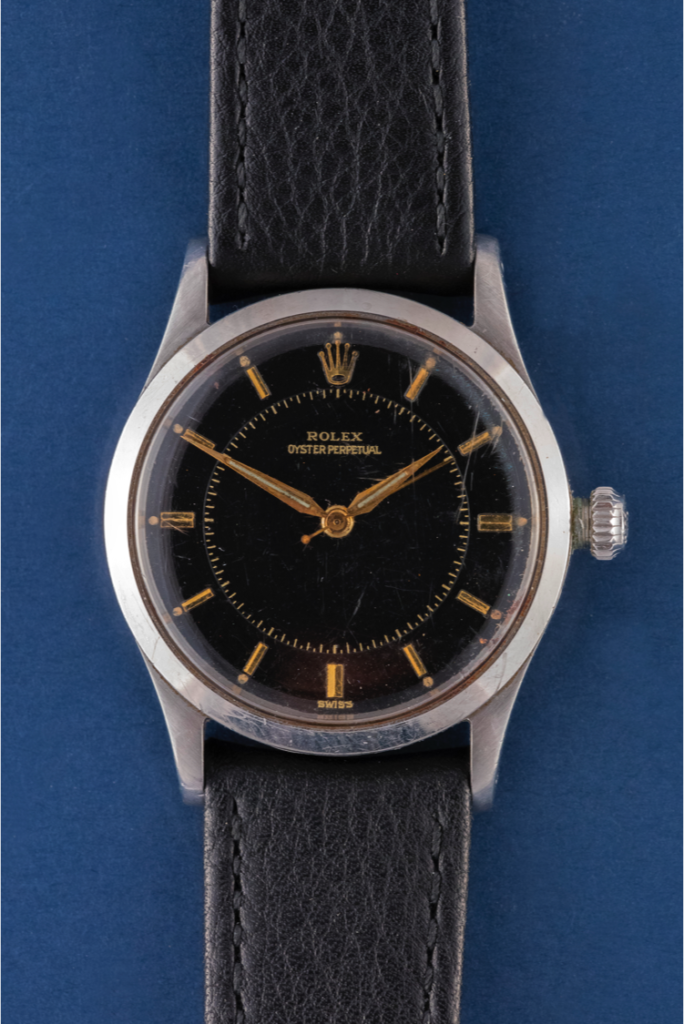
MWM: Why do you collect watches?
JCT: The beauty of a Tompion clock stems mainly from the visual impact of the case on your aesthetic senses as it is difficult to actually see the hidden artistry in the mechanism inside a close fitting case. With an antique watch there may be up to three cases one inside another to protect the hidden mechanism. But held in your hand, it is possible to open the cases to reveal the craftsmanship of a miniaturised clock mechanism and there it is all to see from every angle and side. Then I marvel at the technique and dexterity in creating the tiny wheels and pinions, wondering how they were ever fashioned by hand and eye, 200, 300 or even 400-years ago, before the modern machine tools we know nowadays.
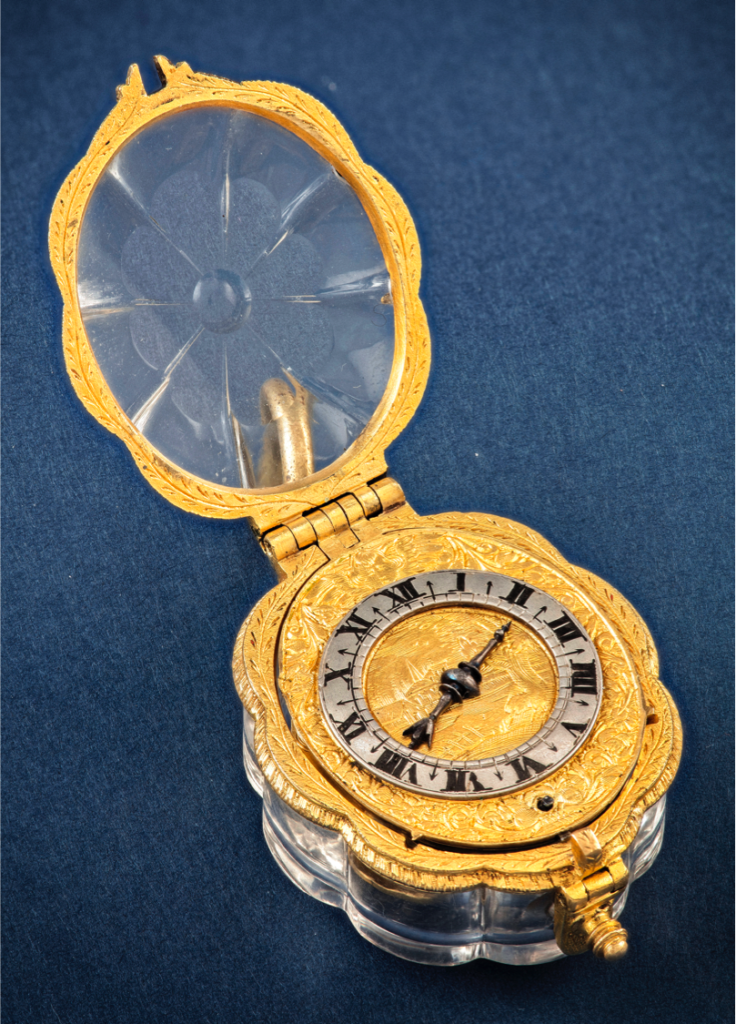
MWM: What do you love about collecting watches?
JCT: Clocks are usually purchased as an accessory to the furniture in a Cottage, Farmhouse, a Manor or indeed a Palace. Thus I view clocks as designed to suit a particular status of building rather than for a particular person. Watches are so different as they are chosen by individuals to complement their personality. It is usually impossible to find out for whom an antique watch was made but that does not stop me imagining the original owners wearing and winding their watches with the same pride as I feel today all those hundreds of years later.
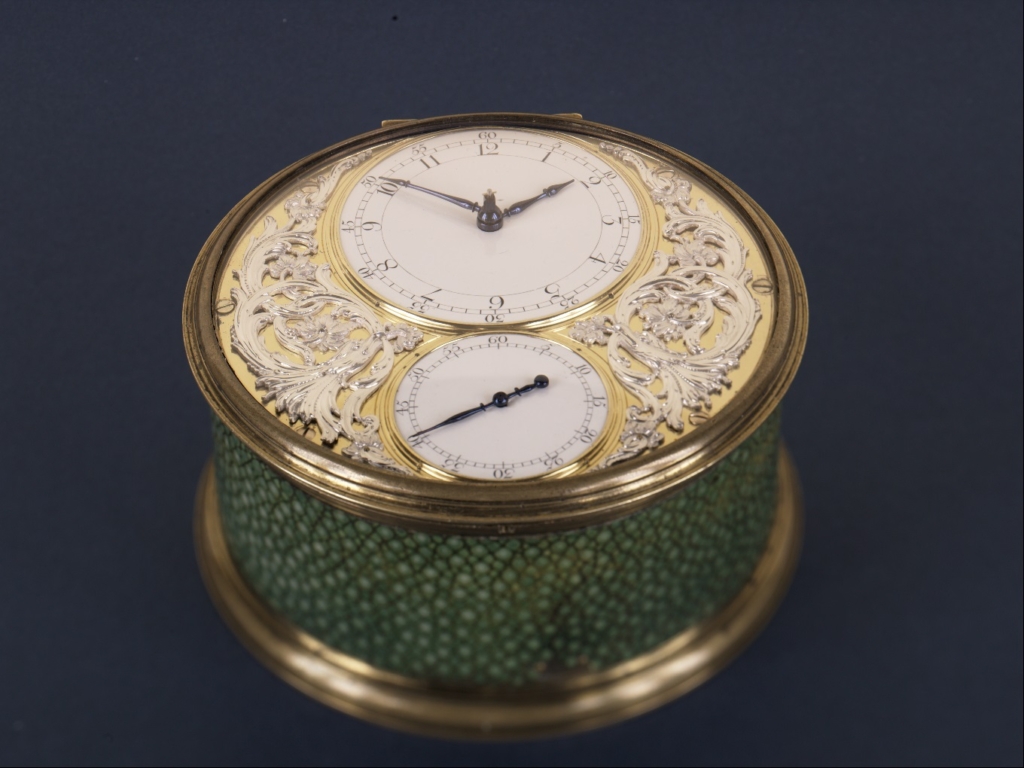
MWM: Is there anything you don’t like about collecting?
JCT: One frustrating thing about collecting antique watches is that many 300 or 400-year old watches have suffered with repairs done by ‘bodgers’. The decision is then, ‘is the bird in the hand worth two in the bush’? Does another better similar watch even exist, let alone one by the same maker?
MWM: What is your favourite watch in your collection?
JCT: A Grandfather should not have a favourite Grandchild – I think the same about my collection. If you state a particular object is your favourite, all the others ‘gang-up’ against you and stop working out of spite! If you shouted ‘fire’ I would hopefully run in and fill my pockets with all my collection. In spite of all I profess about equality, if the flames were beating my back so I could only snatch one watch, it would be the ‘astronomical watch’ made by David Ramsey, 400-years ago after he came down to London with James 6th of Scotland to claim the English throne on the death of Queen Elizabeth 1st.
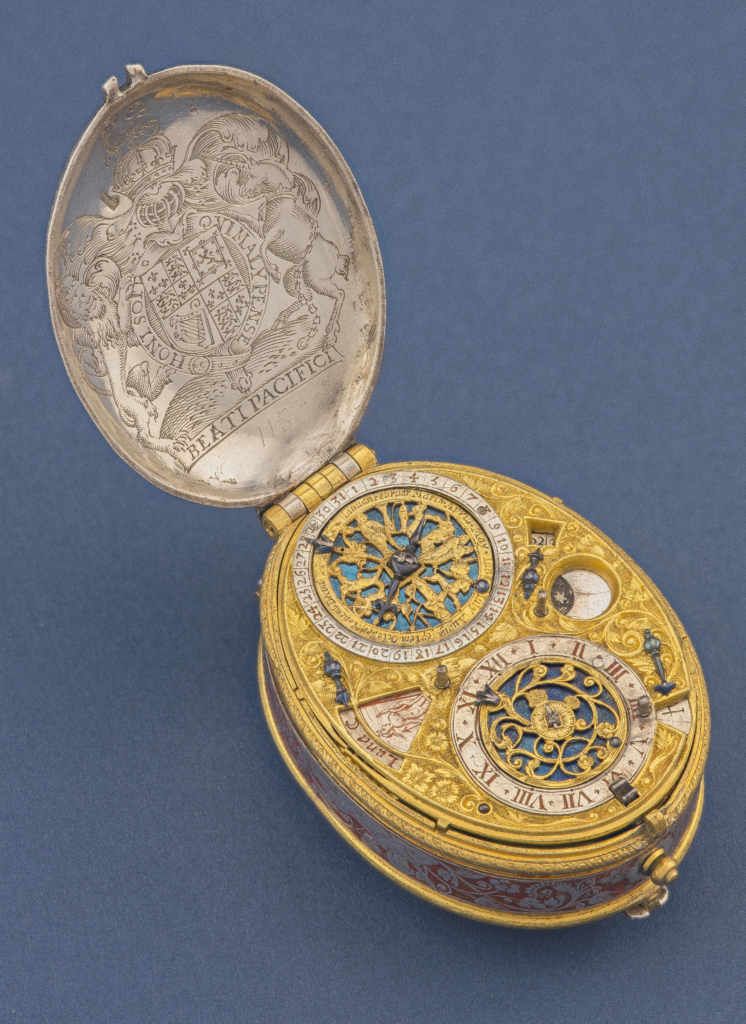
MWM: Which watch would you love to own?
JCT: My hero is John Harrison who made the first clocks that could stand the riggers of a sailing ship in the tropics and the Polar Regions, also accurate enough to find longitude at sea. His masterstroke was to miniaturise his inventions and improve the accuracy with his H4 watch. This at the time was the most accurate timepiece in the World with diamond pallets requiring no oil. Oil was the ‘Achilles Heel’ of Horology when only natural organic oils were available. These were all subject to oxidation and drying as well as thickening as the temperature dropped.
Harrison invented bimetal to temperature compensate H3 [clock] and used this innovation in his two watches – H4 and H5. Of course I have spent my business life designing thermostats, over temperature safety cutouts, over current motor protectors and kettle controls, all of these utilise the very bimetal that Harrison invented.

Thus I have two personal reasons to thank Harrison:-
1. For inventing bimetal which I first came across in my Father’s workshop in 1945 when I was 9-years old
2. For solving the longitude problem with his Watch and his solution of using time differences from Greenwich is today the basis of GPS used in all my flying.
Sadly for me Harrison’s watch is in the National Maritime Museum. Happily for everyone else, they can go to see this marvel in the Royal Observatory on the hill at Greenwich.

MWM: How do you decide on your next acquisition?
JCT: Virtually all the watch types made in the last 100-years are so well known. It is thus possible to pore over catalogues and inventories and dream of acquiring a specific gem with particular features.
If your interest, is as mine, the early watches of yester-year – no such lists exist. Analysing old auction catalogues gives no clue of where the watches in the sale came from of where they were bought and disappeared again.
Thus antique watches require serendipity rather than planning!
Dr John C Taylor OBE
Dr John C Taylor OBE is a world-renowned inventor, pilot, clockmaker and entrepreneur. He is an eminent horologist, with a renowned collection of early English clocks and watches. He is also a Friend of MrWatchMaster
